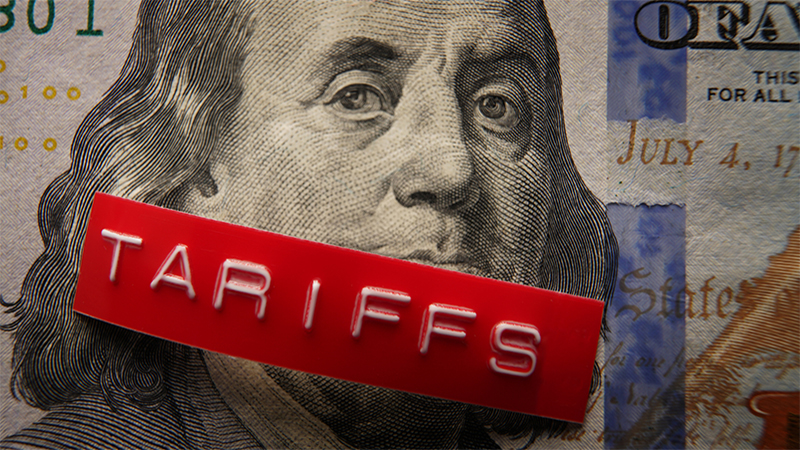The period 2010-2019 was arguably a lost decade for factor investing. It tested the credibility of the Fama-French model and questioned whether value was dead and if size had ever worked at all.
But David Blitz, head of quant research at Robeco, suggests there is more to factor investing than just Fama-French.
The initial three-factor model from Eugene Fama and Kenneth French, who were professors at the University of Chicago Booth School of Business, was a capital asset pricing model that added size risk and value risk factors to the market risk factor.
In 2014, the model became five-factor with profitability and internal investment added to the equation.
Blitz accepts that the equity factors – value, size, profitability and investment – delivered a negative return on average between 2010 and 2019; while the return on each individual factor was well below its long-term average.
Alternative factors like momentum have delivered
Nevertheless, he argues that dismissing factor investing altogether based solely on these results would be short-sighted.
He points out that the dismal performance during that particular window is not unprecedented.
Research by Robeco shows that the returns in this period were remarkably similar to those generated between 1990 and 1999. Yet this did not prevent them from making a strong comeback in the following decade.
Perhaps more significantly, Blitz stresses that many time-tested alternative equity factors, not considered in the Fama-French model, did generate positive performance in the last decade.
For example, with a return of 3.5% for the period, the accruals factor fared better and even generated a slightly higher return than in the preceding period.
“This is consistent with a study carried out in 2016, also by Fama and French, which found that the five-factor model has difficulties explaining the performance of accruals portfolios. Results for the period from 2010 to 2019 confirm that the accruals factor can do well when the Fama-French factors struggle,” Blitz explains.
Momentum returned a woeful -82% in 2009, representing a torrid 2000 to 2009.
However, as Blitz points out that, from 2010 to 2019, we saw an average premium of around 3.5% for momentum. “Although below the long-term average, this is still well within positive territory. So, it seems premature to discard momentum altogether.”
In addition, the short-term reversal factor delivered a return of around 3.5% in the last decade; which, as is the case with momentum, is below its long-term average, but well above zero.
Perhaps most notable, according to Blitz, are the low-risk factors, which generated premiums of around 6% to 10% in the period from 2010 to 2019. This makes it the second-best decade ever for low risk, after 1980 to 1989.
A lost decade for the Fama-French factors
The conclusion from the Robeco research is that while composite size and value factors exhibit a negative premium for the most recent decade; remarkably, 11 composite factors all exhibited positive returns for 2010 to 2019.
These were payout yield, profitability, accruals, investment, intangibles, price momentum, analyst revisions, earnings momentum, seasonals, short-term reversal and low risk.
While the Fama-French factors experienced a lost decade between 2010 and 2019; many alternative factors actually fared not just better but, in some instances, very well.
Raul Leote de Carvalho, deputy head of BNP Paribas Asset Management’s Quantitative Research Group, points to recent research conducted by his team that shows similar findings to Robeco.
“We investigated the possible sources of the recent underperformance of multi-factor equity strategies reported by many equity quant managers. We considered the value, quality, low risk and momentum factor styles in mid to large capitalisation World, US and European stock universes.”
He adds: “When looking at the historical performance of the factors and multifactor combinations we found that this was not the first time factor strategies experienced a period of poor performance.
“The tech bubble of the late 90s and the great financial crisis of 2008 were other difficult periods for some of the factors and multifactor combinations.
“What is different this time around is that recent poor performance can be mainly attributed to the under-performance of value factors while momentum and, in particular, quality did well.”
The research from BNP Paribas also found that the size factor did not generate a premium in the mid- to large capitalisation stock universes over the long-term.
And in the recent years, smaller capitalisation stocks actually under-performed large caps. Fund managers that voluntarily sought an additional exposure to the size factor on top of value, quality, momentum and low risk were, thus, likely to have suffered more.
Leote de Carvalho’s team also investigated the impact of a number of choices available to the managers of factor strategies and showed that neutralisation of sectors, neutralisation of beta and control of tracking error played an important role in improving the performances of equity factor strategies.
However, as Leote de Carvalho points out, they are not the standard in the industry.
He concludes: “We found that if we used just the most common factors in each style, that is we relied on something similar to Fama-French choices, we would also under-perform a more diversified approach relying on a larger number of factors in each style.
“So, indeed, factors beyond those proposed by Fama-French would have added significant value.”










